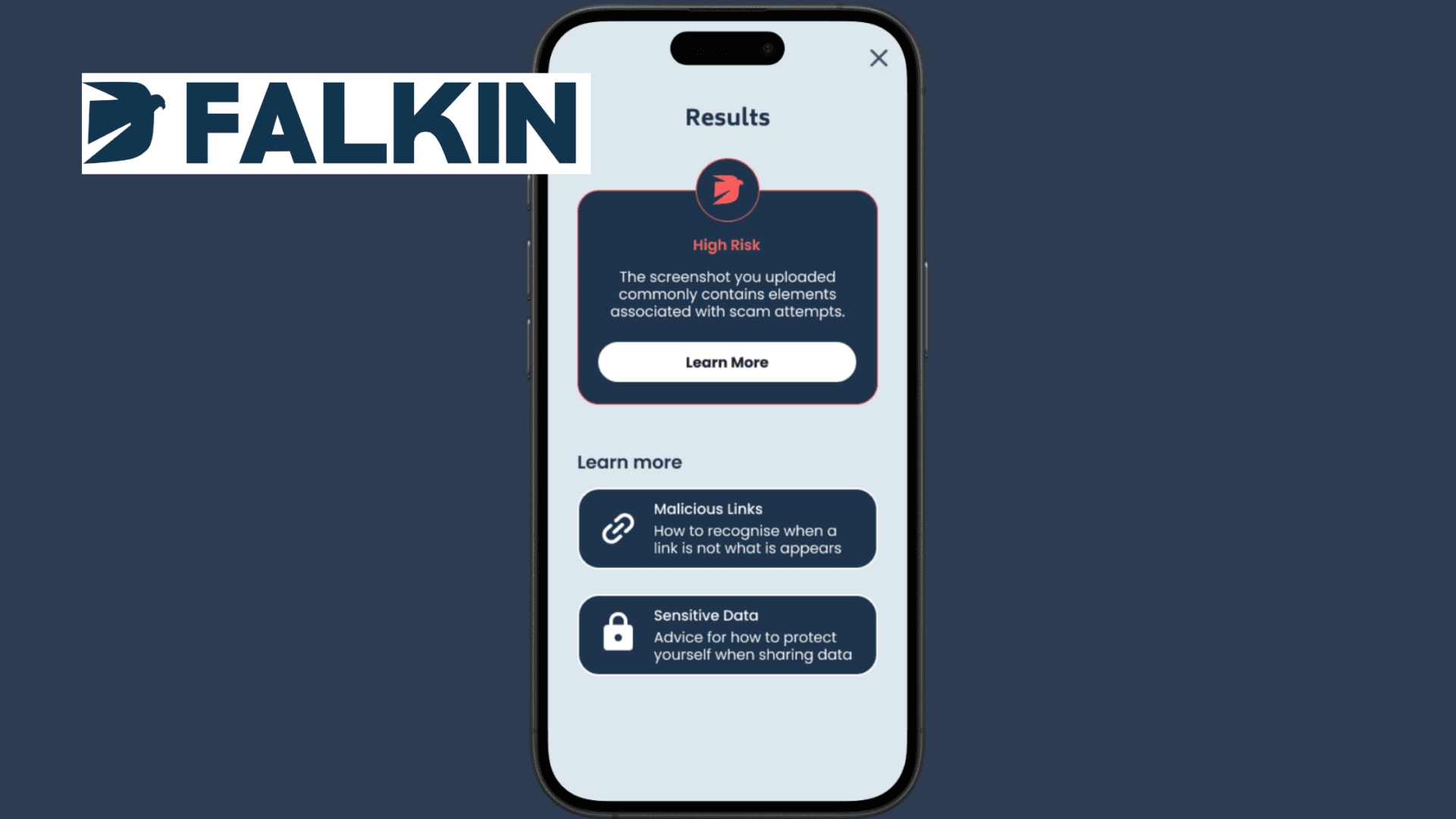As the first quarter of 2025 earnings season rolls out, banks are reporting results that, while steady, leave little room for surprise. Across the board, institutions are navigating a familiar pattern—stable credit quality, modest margin expansion, and restrained loan growth. In this environment, where earnings are largely predictable, the real opportunity lies in how banks differentiate themselves to investors.
Mike Perito, Head of Bank Strategy at Travillian, peered deeply into the results, sifting for trends, insights, and predictions.
Net Interest Margin Improvement Driven by Deposit Repricing
Perito notes that earnings reports from the nation’s banks reveal a consistency that’s become the norm in recent quarters. Net interest margins have shown mild improvement, largely attributed to the repricing of fixed-term deposits such as CDs and brokered accounts. These instruments, many of which were booked 6–12 months ago at elevated rates, are now resetting to better align with today’s lower-cost funding environment.
He further observes that credit remains stable, with only a few outlier situations where troubled loans are either being resolved or deteriorating. Meanwhile, loan growth has been muted. The more notable trend has been banks leaning into stock buybacks during the first half of the year, a move that many see as a signal that growth is more likely in the back half of 2025.
The Investor Focus: Identifying Banks That Stand Out
With so many financial institutions producing similar results, investor attention is turning toward those who can create separation. According to Perito, banks that will attract sustained interest are those that “…can show how they are investing in or executing on growth in a way that creates value.” He further explains that in a market clouded by macroeconomic volatility, rate uncertainty, and geopolitical noise, investors are hunting for either standout growth stories or strategic turnaround plays.
That leaves banks with two levers to pull: deliver profitable growth or simplify the business model to generate higher-quality earnings.
Perito refers to this as a “barbell approach” that appeals to investors:
- On one side, banks are showing above-average growth in a sustainable, capital-conscious manner
- On the other hand, institutions are trading below book value due to legacy challenges but are also demonstrating credible plans to fix credit issues, shrink risk-weighted assets, or tighten strategy
Key Questions for Strategic Bank Assessment
For banks looking to move beyond the middle of the pack, Perito suggests that advancement starts with asking the right internal questions:
- What exactly is driving forecasted growth?
- Is this engine based on realistic projections or simply assumptions of rate cuts and economic improvement?
- How is that growth being funded?
Perito cites this final query as particularly important. “Funding growth with brokered CDs and high-cost borrowings may work in the short term, but it’s not the kind of playbook that builds long-term investor confidence,” he notes. Instead, he suggests that the focus should be on core deposit growth and capital efficiency. Banks should also understand under what circumstances they might need external capital—and how they’d access it.
These assessments not only ground the institution’s planning in reality but also help avoid overextension or misalignment with market conditions.
Revisiting Long-Term Bank Strategies Amidst Market Volatility
Even with market volatility, now is the time to revisit long-term strategies. As Perito puts it, “This is the perfect time to be resetting your strategic plan around profitable growth opportunities, even if it means near-term growth is limited or negative.” The idea is to prioritize earnings quality and long-term positioning over chasing volume for volume’s sake.
Since early 2023, banks have traded at discounted valuations relative to historical norms. Rather than seeing that as a setback, savvy institutions can use it as a prompt to redefine their story to investors. Whether through business model refinement, improved risk-adjusted returns, or stronger capital deployment decisions, the current climate supports a thoughtful, deliberate strategy reset.
Q1 Bank Earnings Confirmation: The Need for Strategic Repositioning
The Q1 earnings cycle confirms that many banks are still navigating familiar territory. But in a market that rewards clarity and conviction, institutions that can demonstrate profitable growth, simplify their businesses, or effectively position themselves as turnaround stories will command the most attention.
As Perito emphasizes, “We’re in a phase where there’s an opportunity to reposition. The banks that recognize that—and act—are going to be the ones rewarded when the market recalibrates.”
Perito’s full analysis of the bank performance over the latest earnings season can be found at Travillian Next.



















